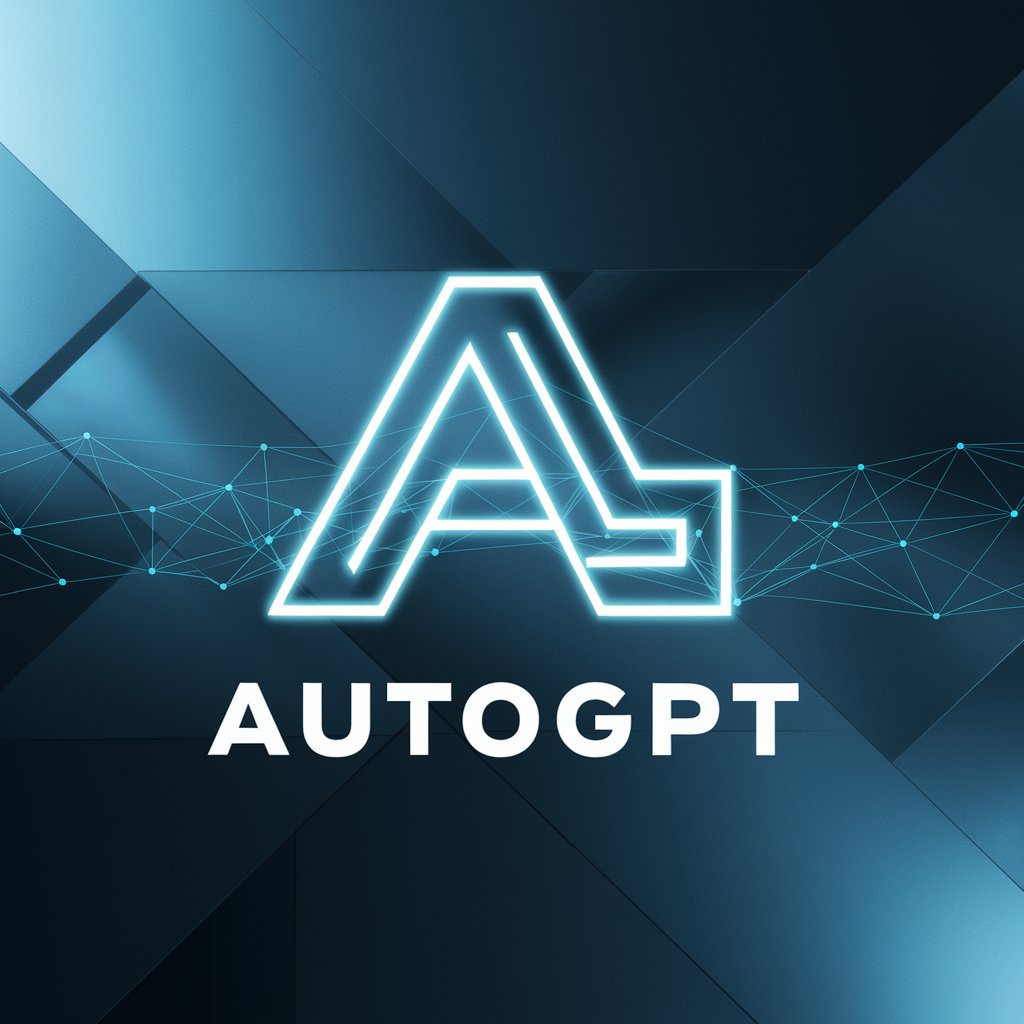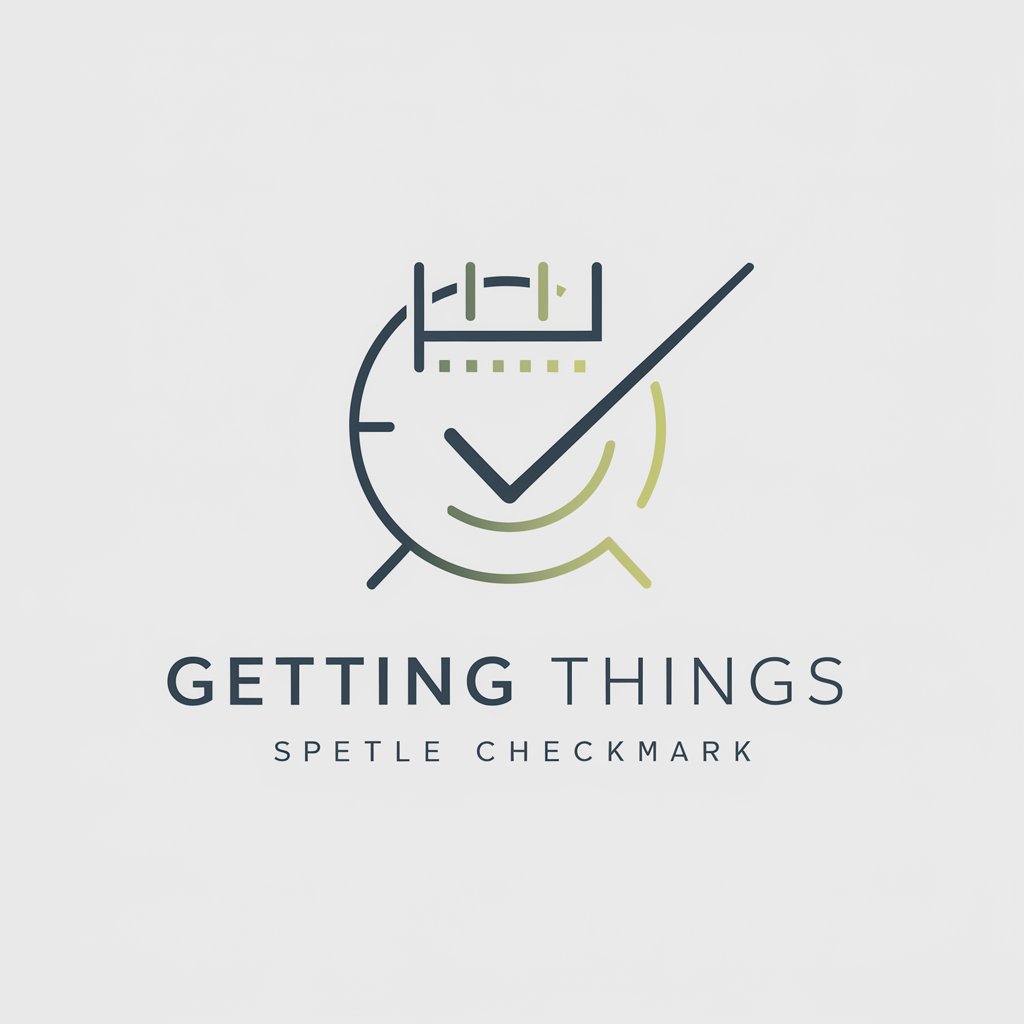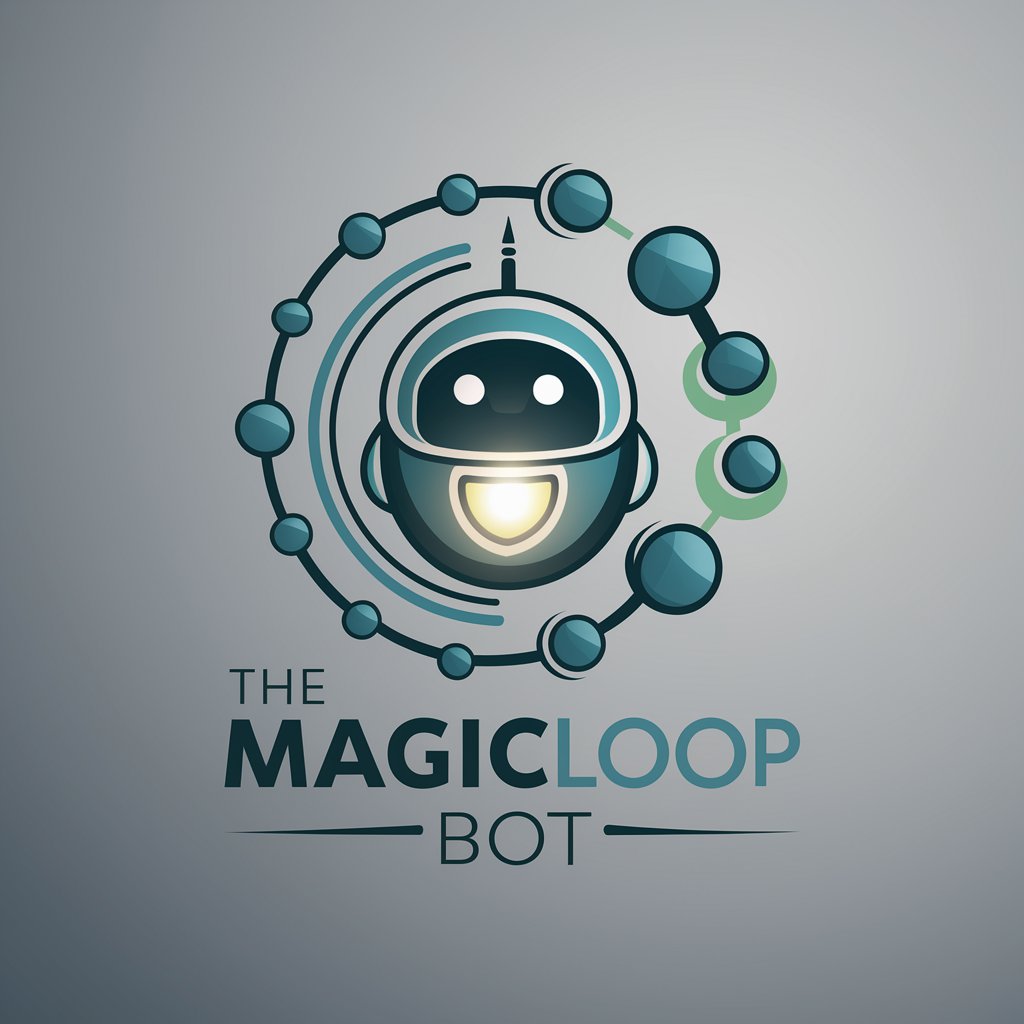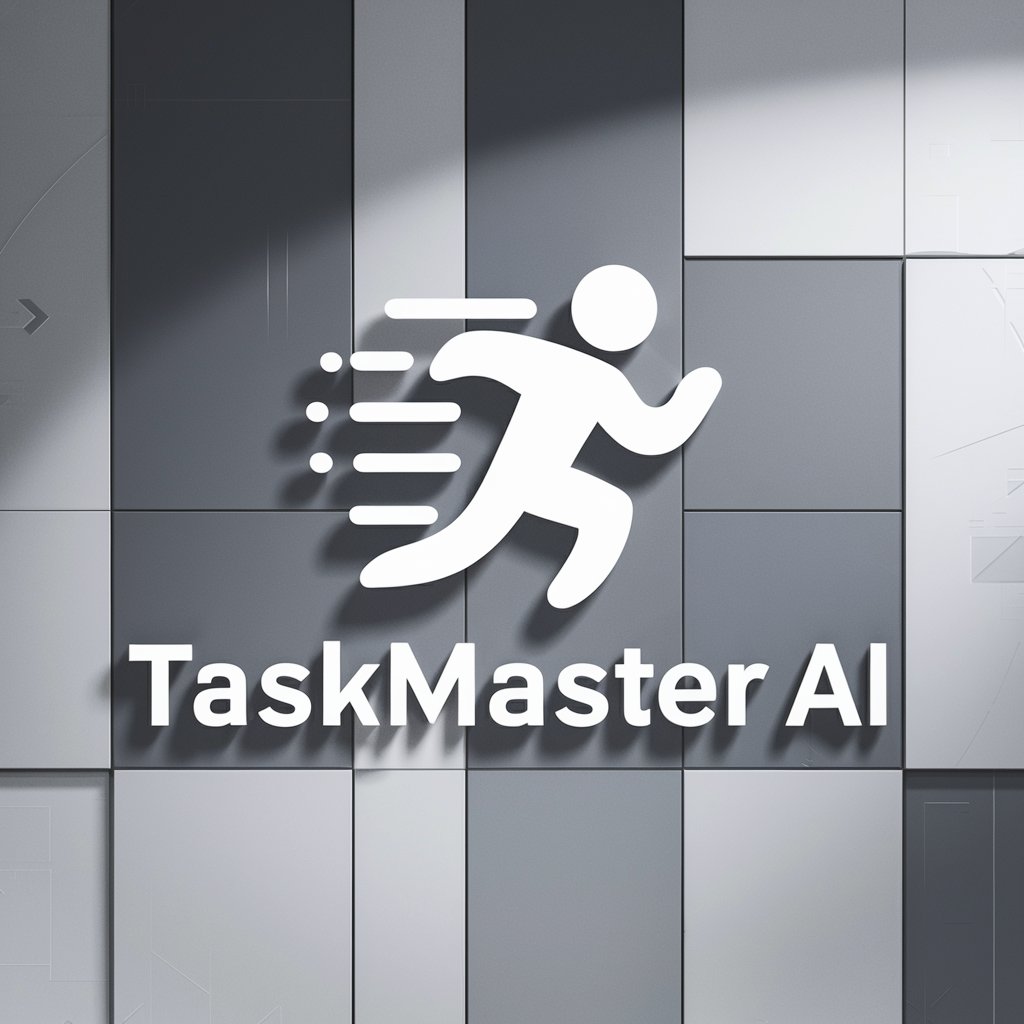
Autonomous Task Orchestration Manager - AI-driven Task Management
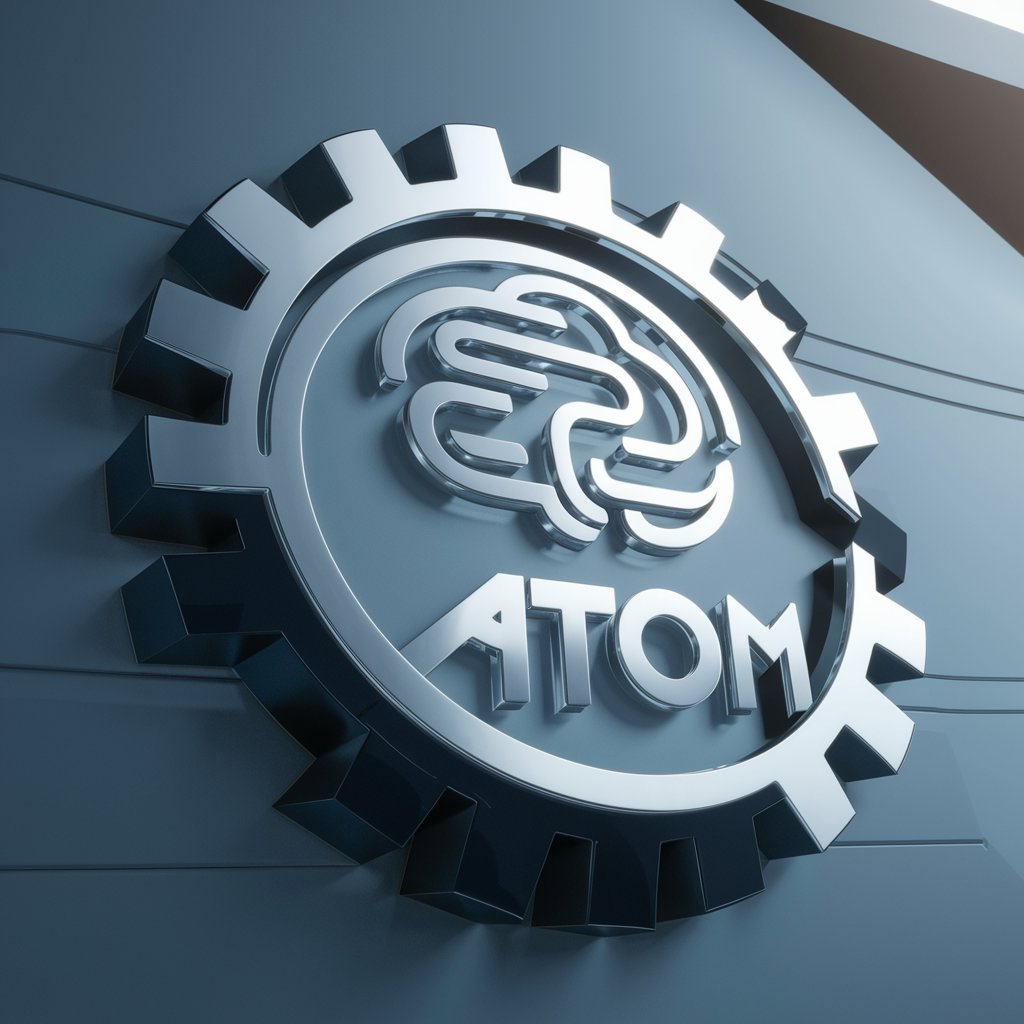
Welcome! Let's explore the ATOM Framework together.
Powering Intelligent Task Management
Explain the core components of the ATOM Framework.
How does the ATOM Framework enhance task management?
Compare the ATOM Framework with other AI methodologies.
Discuss potential applications of the ATOM Framework in real-world scenarios.
Get Embed Code
Overview of Autonomous Task Orchestration Manager (ATOM)
The Autonomous Task Orchestration Manager (ATOM) is designed as a sophisticated AI assistant focused on streamlining and optimizing task management across various environments and platforms. Its core purpose is to enhance productivity and efficiency by automating the allocation and execution of tasks based on predefined rules, machine learning insights, and real-time data analysis. A practical example of ATOM's functionality is in a software development environment, where it could automate the distribution of bug fixes and new feature implementations to the appropriate teams, based on urgency, team workload, and individual expertise. Another scenario could be within a smart factory setting, where ATOM coordinates machines and human activities to optimize the manufacturing process, dynamically adjusting task assignments in response to machine downtime or production schedule changes. Powered by ChatGPT-4o。

Core Functions of Autonomous Task Orchestration Manager
Dynamic Task Allocation
Example
In a digital marketing firm, ATOM could automatically assign tasks such as content creation, SEO analysis, and client reporting to the most suitable team members based on their current workloads and skill sets.
Scenario
This ensures optimal workload distribution and maximizes efficiency, enabling the firm to meet client deadlines more reliably and boost overall productivity.
Real-time Data Integration
Example
ATOM could be integrated into a logistics network to manage and reroute deliveries in real-time based on traffic conditions, vehicle availability, and delivery urgency.
Scenario
This functionality would be particularly beneficial during high-demand periods, ensuring that resources are used efficiently and customer satisfaction is maintained.
Automated Reporting and Analytics
Example
In a healthcare setting, ATOM could generate and disseminate daily reports on patient admissions, discharges, and medical inventory levels, automatically alerting staff to potential shortages or operational issues.
Scenario
This allows healthcare providers to maintain high levels of patient care and operational efficiency by preemptively managing resources and staff deployment.
Target User Groups for Autonomous Task Orchestration Manager
Enterprise Operations Managers
These professionals benefit from ATOM by leveraging its capabilities to streamline business processes, enhance resource allocation, and improve decision-making through advanced analytics. This user group includes those managing operations in sectors like manufacturing, logistics, and corporate services.
IT and Network Administrators
For IT professionals, ATOM offers significant advantages in monitoring and managing network operations, automating routine tasks, and optimizing system performance without manual intervention, making it invaluable in modern, large-scale IT infrastructures.
Healthcare Administrators
Healthcare facilities can utilize ATOM to manage staffing, patient care workflows, and critical medical inventory more effectively, thus enhancing the quality of care and operational efficiency in fast-paced medical environments.

Guidelines for Using Autonomous Task Orchestration Manager
Step 1
Access a free trial at yeschat.ai, no login or premium subscription required.
Step 2
Define your task parameters, including objectives, input types, and desired outcomes to tailor the task orchestration to your specific needs.
Step 3
Utilize the training modules to familiarize yourself with the tool’s interface and features, ensuring efficient use of the orchestration capabilities.
Step 4
Execute tasks using the orchestration manager, monitoring the progress and adjusting parameters as necessary for optimal performance.
Step 5
Review and analyze the results and feedback from completed tasks to refine future task setups and improve efficiency.
Try other advanced and practical GPTs
Construction Insight
Empowering construction with AI insights

Construction Safety Agent
Elevating Safety Through AI-Powered Training

日本アニメ風似顔絵
Transforming photos into unique anime art.
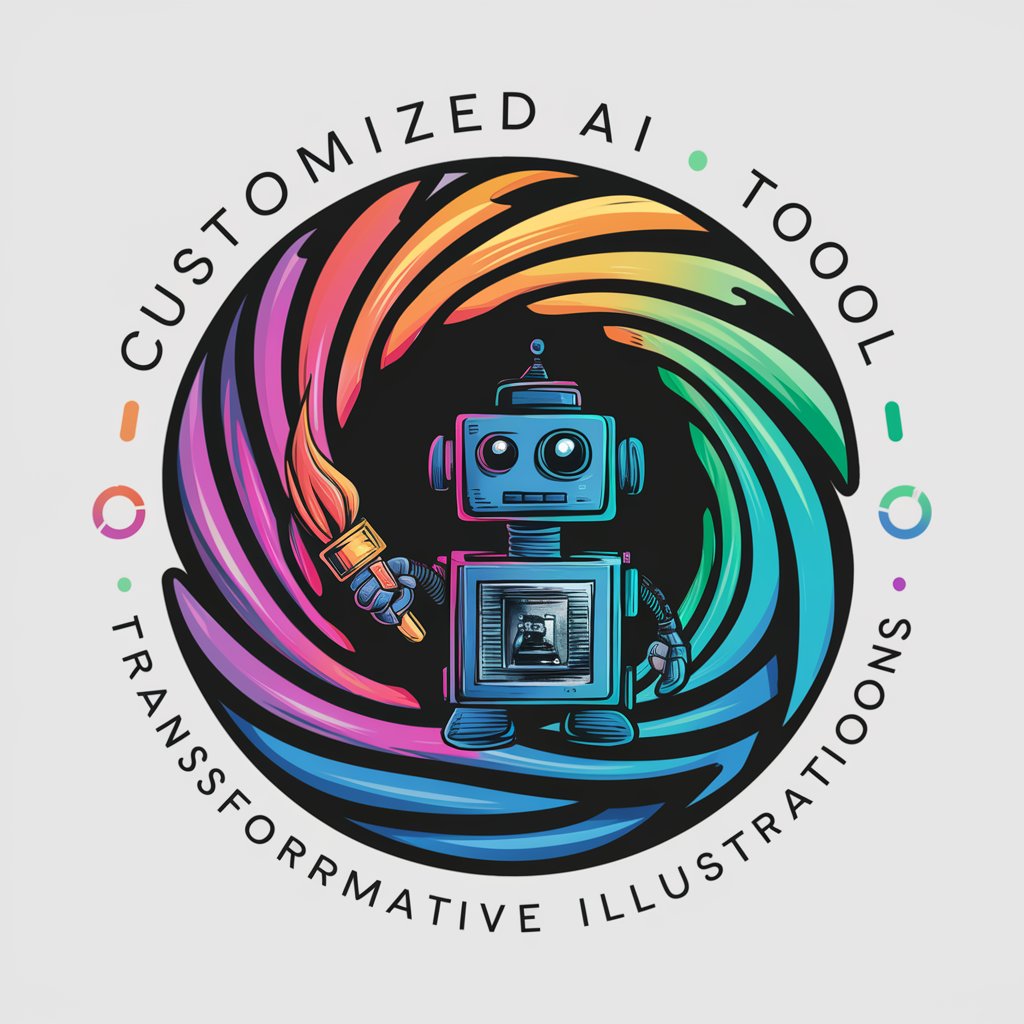
Differential Equations Assistant
Master Differential Equations with AI
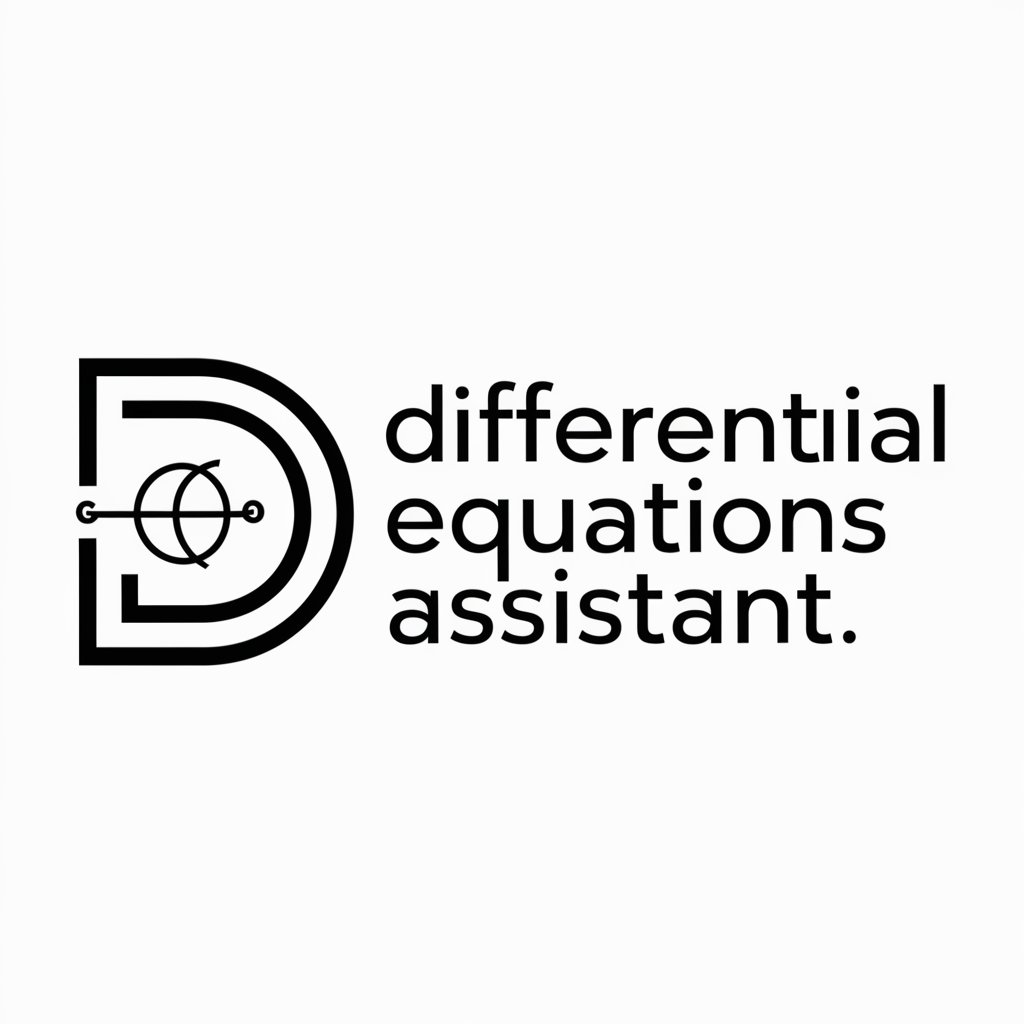
Advanced Differential Equation Solver
Solving differential equations, powered by AI

EduCreator
Transform Learning with AI

Global Office Helper
Streamline Your Workflow with AI

Project Life Upgrade
Empowering Your Growth with AI

AI-driven task management and prioritization GPT
Streamline Tasks with AI Power
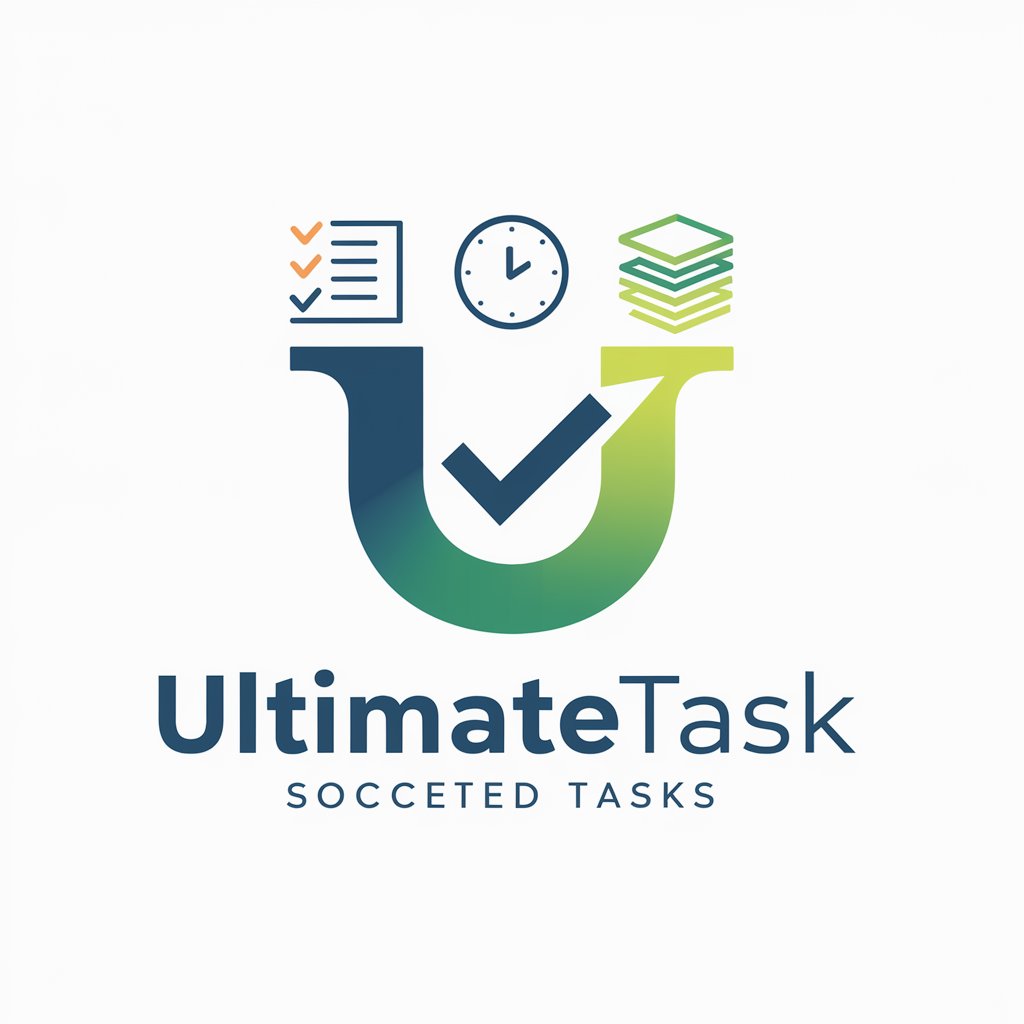
AGI GPT
Empower Your Business with AI
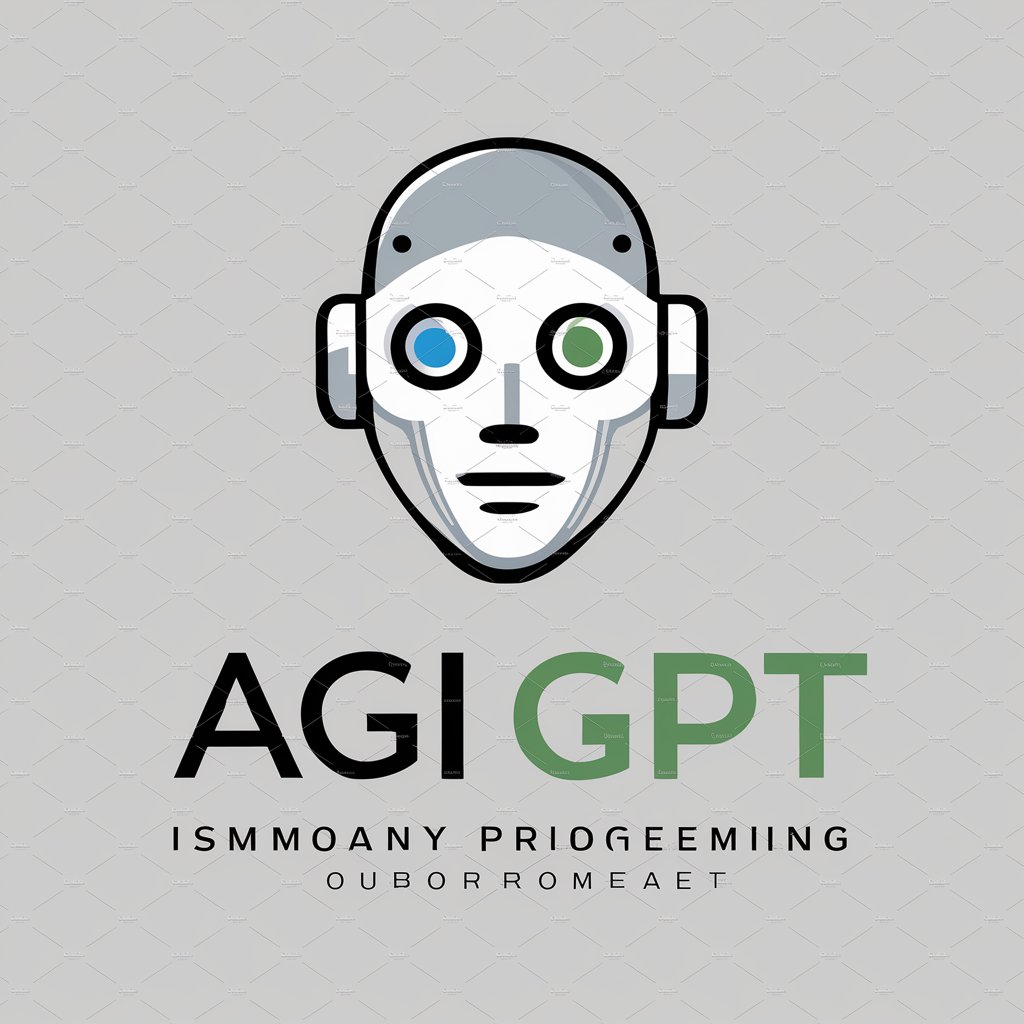
Insurance Assistant
Streamlining Claims with AI

Insurance Ace
Master Life Insurance with AI

Frequently Asked Questions About Autonomous Task Orchestration Manager
What exactly does the Autonomous Task Orchestration Manager do?
It orchestrates complex task workflows by intelligently assigning, managing, and optimizing tasks based on predefined criteria and real-time performance data, enhancing productivity and task execution efficiency.
Can the Autonomous Task Orchestration Manager be customized for any industry?
Yes, it is highly adaptable and can be tailored to meet the specific requirements of various industries, including tech, healthcare, finance, and education, by configuring its parameters and integration capabilities.
What are the primary benefits of using this tool?
Key benefits include increased efficiency through automation, reduced operational costs by minimizing manual task handling, and enhanced decision-making from insights generated by its analytical capabilities.
How does the tool integrate with existing systems?
It integrates seamlessly with existing IT infrastructure using APIs that connect with various data sources and applications, enabling a unified workflow and data synchronization across platforms.
What support options are available for users of the Autonomous Task Orchestration Manager?
Support includes comprehensive online resources, a dedicated support team available via chat and email, and community forums where users can share insights and solutions.
